Image via UN
This week world leaders from around the world are gathering in the United Nations Headquarters in New York for the seven-day convening of the body's General Assembly. For the third year, this time is also known as Global Goals Week, marking two years since the UN passed the 2030 Agenda for Sustainable Development. But what progress has been made since then?The 2030 Agenda designated the UN High-Level Political Forum on Sustainable Development (HLPF)—created at the 2013 UN conference on sustainable development in Rio—with the central role in monitoring progress on the Sustainable Development Goals (SDGs).The Forum held its annual meeting of government representatives, civil society members, and other stakeholders in New York from July 10 to 19. Hosted by the UN Economic and Social Council (ECOSOC), the HLPF reviewed work on 2017's overarching theme: "Eradicating poverty and promoting prosperity in a changing world."Specifically, this theme honed in on SDGs 1 (no poverty), 2 (zero hunger), 3 (good health and well-being), 5 (gender equality), 9 (industry, innovation, and infrastructure), and 14 (life below water). SDG 17 (partnerships for the goals), which is considered every year when the Forum meets, was also discussed.Voluntary national reviews were mandated by the 2030 agenda, and take place at HPLF meetings. In July, 43 countries presented what they've done national levels for sustainable development. The United States was not among them.
Check out more videos from VICE:
ECOSOC released a progress report for the 2017 HLPF session on all 17 goals. Their findings on 2017's focus areas included: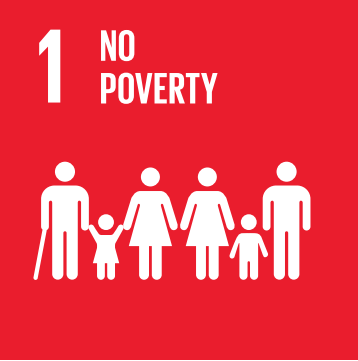 The report acknowledged that the global poverty rate has been cut in half since 2000 and that the percent of the world's workers supported their families on less than $1.90 per day was down to 10 percent in 2016 (from 28 percent in 2000). However, in least developed countries, we are still seeing over a third of workers living below the poverty line. ECOSOC concluded, "Social protection systems need to be expanded and risks need to be mitigated for disaster-prone countries, which also tend to be the most impoverished."
The report acknowledged that the global poverty rate has been cut in half since 2000 and that the percent of the world's workers supported their families on less than $1.90 per day was down to 10 percent in 2016 (from 28 percent in 2000). However, in least developed countries, we are still seeing over a third of workers living below the poverty line. ECOSOC concluded, "Social protection systems need to be expanded and risks need to be mitigated for disaster-prone countries, which also tend to be the most impoverished."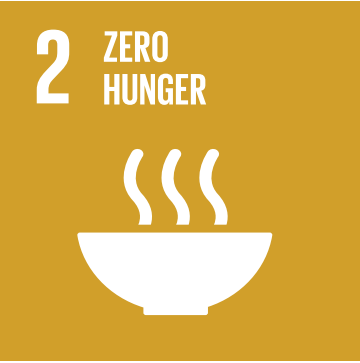 From 2000 to 2016, the number of undernourished people globally fell from 930 million to 793 million. The percentage of children under the age of 5 stunted in growth due to malnutrition also fell from 33 percent in 2000 to 23 percent in 2016—three-quarters of those 155 million children are currently living in Southern Asia and sub-Saharan Africa. The report called for more investments in agriculture, especially in these areas—noting with alarm that the global agriculture orientation index fell significantly between 2013 and 2015.The report cut to the chase: "In 2015, the global maternal mortality ratio stood at 216 maternal deaths per 100,000 live births. Achieving the target of less than 70 maternal deaths by 2030 requires an annual rate of reduction of at least 7.5 per cent, more than double the annual rate of progress achieved from 2000 to 2015."
From 2000 to 2016, the number of undernourished people globally fell from 930 million to 793 million. The percentage of children under the age of 5 stunted in growth due to malnutrition also fell from 33 percent in 2000 to 23 percent in 2016—three-quarters of those 155 million children are currently living in Southern Asia and sub-Saharan Africa. The report called for more investments in agriculture, especially in these areas—noting with alarm that the global agriculture orientation index fell significantly between 2013 and 2015.The report cut to the chase: "In 2015, the global maternal mortality ratio stood at 216 maternal deaths per 100,000 live births. Achieving the target of less than 70 maternal deaths by 2030 requires an annual rate of reduction of at least 7.5 per cent, more than double the annual rate of progress achieved from 2000 to 2015."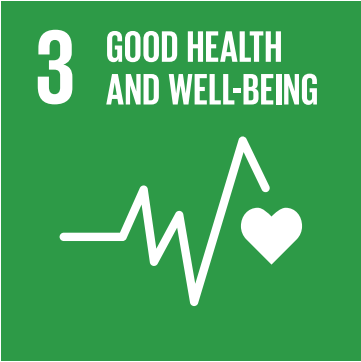 It went on to stipulate that progress must be accelerated on SDG health targets, especially in sub-Saharan Africa and both Central and Southern Asia.
It went on to stipulate that progress must be accelerated on SDG health targets, especially in sub-Saharan Africa and both Central and Southern Asia.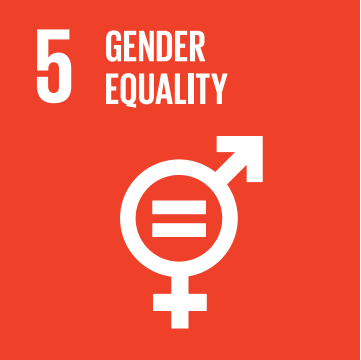 Over the past decade, ECOSOC's data has remained relatively unchanged: one-fifth of women between ages 15 and 49 had experienced recent physical and/or sexual violence by a partner. And in 2012, half of women homicide victims across the globe were killed by a partner or family member (compared to 6 percent of male victims). Women's representation in parliamentary bodies and leadership positions in business remain low worldwide as well. Put simply by the report: "Achieving gender equality and the empowerment of women and girls will require more vigorous efforts, including legal frameworks, to counter deeply rooted gender-based discrimination that often results from patriarchal attitudes and related social norms."
Over the past decade, ECOSOC's data has remained relatively unchanged: one-fifth of women between ages 15 and 49 had experienced recent physical and/or sexual violence by a partner. And in 2012, half of women homicide victims across the globe were killed by a partner or family member (compared to 6 percent of male victims). Women's representation in parliamentary bodies and leadership positions in business remain low worldwide as well. Put simply by the report: "Achieving gender equality and the empowerment of women and girls will require more vigorous efforts, including legal frameworks, to counter deeply rooted gender-based discrimination that often results from patriarchal attitudes and related social norms."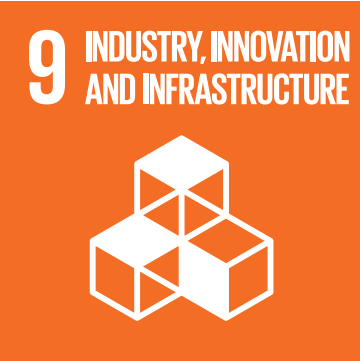 ECOSOC recognized manufacturing as an industry capable of driving major economic development, employment, and general social stability. While the global manufacturing GDP increased from 15.3 percent in 2005 to 16.2 percent in 2016, countries saw vastly disparate value added per capita last year: Europe and North America had $4,621, the least developed nations had about $100. The report called for renewed investment in the latter group's infrastructure.
ECOSOC recognized manufacturing as an industry capable of driving major economic development, employment, and general social stability. While the global manufacturing GDP increased from 15.3 percent in 2005 to 16.2 percent in 2016, countries saw vastly disparate value added per capita last year: Europe and North America had $4,621, the least developed nations had about $100. The report called for renewed investment in the latter group's infrastructure.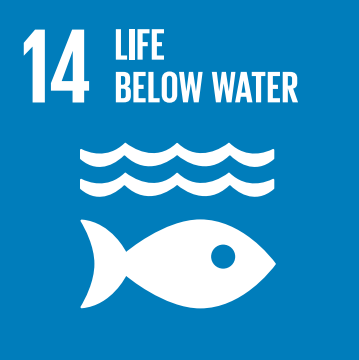 The report was blunt on this front: "The increasingly adverse impacts of climate change (including ocean acidification), overfishing and marine pollution are jeopardizing recent gains in protecting portions of the world's oceans." Of the 63 largest marine ecosystems in the world, 16 percent are at high risk for coastal eutrophication, which can be devastating to habitats and life below water. ECOSOC called for more, better-managed coastal safeguard areas.Ultimately, ECOSOC stated: "Despite some positive developments, a stronger commitment to partnership and cooperation is needed to achieve the Sustainable Development Goals."
The report was blunt on this front: "The increasingly adverse impacts of climate change (including ocean acidification), overfishing and marine pollution are jeopardizing recent gains in protecting portions of the world's oceans." Of the 63 largest marine ecosystems in the world, 16 percent are at high risk for coastal eutrophication, which can be devastating to habitats and life below water. ECOSOC called for more, better-managed coastal safeguard areas.Ultimately, ECOSOC stated: "Despite some positive developments, a stronger commitment to partnership and cooperation is needed to achieve the Sustainable Development Goals."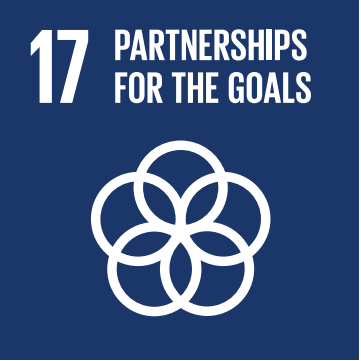 Looking beyond Global Goals Week this month, the Forum will focus on "Transformation towards sustainable and resilient societies" in the next year, honing in on progress toward achieving Goals 6 (clean water and sanitation), 7 (affordable and clean energy), 11 (sustainable cities and communities), 12 (responsible consumption and production), and 15 (life on land). The agenda theme for 2019 is set to be "Empowering people and ensuring inclusiveness and equality," encompassing Goals 4 (quality education), 8 (decent work and economic growth), 10 (reduced inequalities), 13 (climate action), 16 (peace, justice, and strong institutions), and 17 (partnerships for the goals). Every four years, the HLPF meets at the General Assembly as well as its annual meetings. This will happen in 2019.Until then, make your voice heard —and not just leading up to the General Assembly each September on a global scale, but year-round from the local to national levels, too. Country leaders attending the High-Level Political Forums need to hear you. September 25 is a global day of action on the SDGs, so find an event or opportunity near you. We'll be breaking down a goal a day to remind readers why they're relevant..
Looking beyond Global Goals Week this month, the Forum will focus on "Transformation towards sustainable and resilient societies" in the next year, honing in on progress toward achieving Goals 6 (clean water and sanitation), 7 (affordable and clean energy), 11 (sustainable cities and communities), 12 (responsible consumption and production), and 15 (life on land). The agenda theme for 2019 is set to be "Empowering people and ensuring inclusiveness and equality," encompassing Goals 4 (quality education), 8 (decent work and economic growth), 10 (reduced inequalities), 13 (climate action), 16 (peace, justice, and strong institutions), and 17 (partnerships for the goals). Every four years, the HLPF meets at the General Assembly as well as its annual meetings. This will happen in 2019.Until then, make your voice heard —and not just leading up to the General Assembly each September on a global scale, but year-round from the local to national levels, too. Country leaders attending the High-Level Political Forums need to hear you. September 25 is a global day of action on the SDGs, so find an event or opportunity near you. We'll be breaking down a goal a day to remind readers why they're relevant..
Advertisement
Check out more videos from VICE:
ECOSOC released a progress report for the 2017 HLPF session on all 17 goals. Their findings on 2017's focus areas included:
SDG 1: No Poverty

Advertisement
SDG 2: Zero Hunger

SDG 3: Good Health and Well-Being

SDG 5: Gender Equality

Advertisement
SDG 9: Industry, Innovation, and Infrastructure

SDG 14: Life Below Water

SDG 17: Partnerships for the Goals

